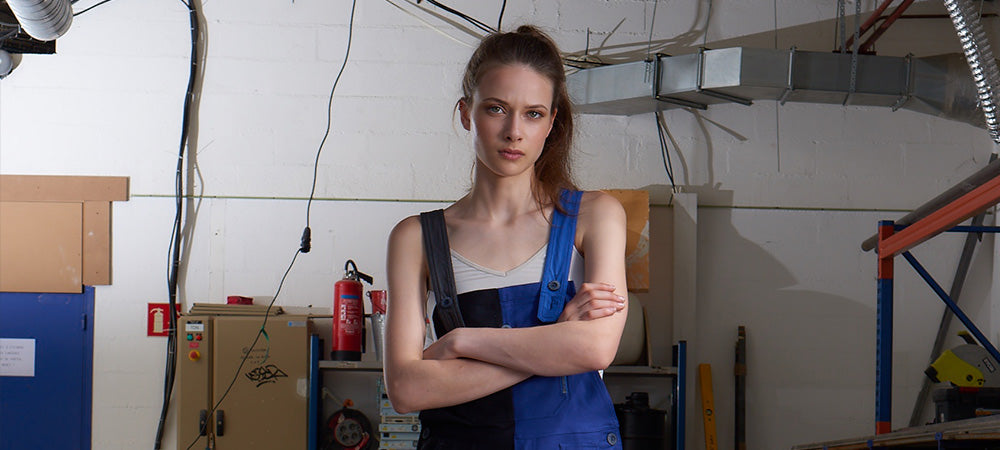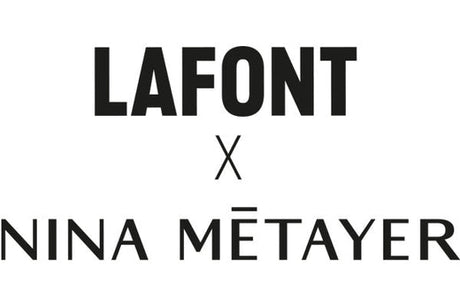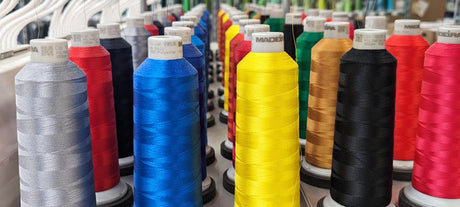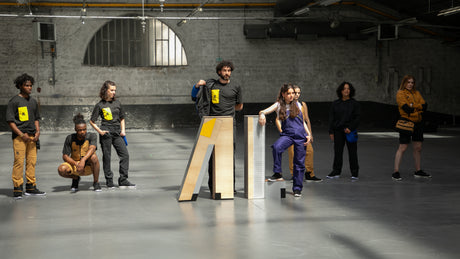In the big family of work clothing, I ask for overalls. And yes, if it is today an element of our daily wardrobe, overalls are above all clothing designed and imagined for workers. It is time to restore the truth about this assembly of fabrics with a fascinating history.
Overalls, a name that makes you smile
Overalls is an outdated word, but it says a lot about the product. Because, if it's not her first name, it's the one that made her famous. Formerly called “bibcloth”, its primary purpose was to protect against dirt. Worn over the worker's clothes, it allowed him to avoid getting “dirty”. On this point, etymologists do not all agree on the exact origin of the proper name. On the other hand, they all agree on its reference to dirty, to filth (“salope” means “filthy” in old French).
A pioneer in workwear
It was invented by Louis Lafont in 1844, for his father-in-law, a carpenter, to prevent him from staining his clothes. But also so that he always has his tools at hand. It was originally a wideot, loose pants slightly tightened at the bottom, to the belt of which a pocket was sewn. It was a few years later that Adolphe Lafont, his grandson (and custodian of the work clothing model and brand in 1896), improved the initial model. He adds a bib held by straps; the “406” was born. Practical and comfortable, it was immediately adopted by professionals and is, still today in the collective unconscious, part of the image of the industrial revolution. Moreover, she made up Charlie Chaplin's costume when he denounced assembly line work in the film Modern Times.

Overalls, a unisex garment?
Is it important to point out that, despite the fact that suspenders are worn by a large number of women today, this garment was originally intended for men? Because at that time, it was the man who worked the earth, the wood, the mechanics... Finally, it was during the Second World War that women, forced to replace their men who had gone to the front, donned for the first time this uniform. To never leave him again!
Overalls, technical work clothing
Elastic straps for ease, patented and removable buckles for easy cleaning, a bib pocket on the front, with two diagonal closures for easy access to anything that may be useful, a pencil pocket in the middle, two pockets lateral. And in the back, a revolver pocket with zipper so you don't lose anything, a ruler pocket, a hammer holder. This is overalls in all its glory. The overalls are practical and functional. If it is the first piece of work clothing, it is also the one that still appeals to professionals 173 years after its creation.
A national and international success
Year 1975 in Lyon. Overalls have enjoyed growing and steady success since their creation. Bright colors are in fashion, and the Lafont teams have the idea of modernizing the model. No change of pattern, but a variation of shimmering colors. The idea is excellent, because the Lafont overalls are notably on the cover of Vogue magazine. It invades fashionistas’ closets, then the streets; customers of “Bains Douches” or “Palace” dance in Lafont overalls. That same year, Lafont conquered the United States. His braces were then sold in famous boutiques such as Bergdorf Goodman. Nicknamed “elephant” (in reference to the Americanized pronunciation of the brand affixed to the label: “A.Lafont”). It was at this same time that Levi's invented the belted denim overall: the waist overall. In 1976, Agnès B. created the first more fitted white overalls for the general public. Since then, all designers and fashion brands have reinterpreted overalls.
A garment that divides!
Overalls, we like it or we don't like it. For some, it is clothing intended for pregnant women, children and adolescents. While others find that she denounces unflattering body shapes. But we have to admit that overalls have enjoyed immense success for decades. Made from a multitude of materials (jeans, leather, mesh, etc.), in several shapes (dress, shorts, flared, etc.), it is adopted by the most trendy girls.
From work clothing to stage clothing
Many celebrities have worn overalls. In 1974, Coluche appeared on stage in blue Lafont overalls with white stripes. It will become its emblem. Moreover, the statue of the overalls was erected in 2011 in Montrouge, in homage to the comedian. In the early 1980s, it was Sophie Marceau who wore the Lafont overalls in the film that revealed her: La Boum. It is also rumored that the sculptor César liked to wear overalls in his workshop.
Sources: Qualities, objects from France – Bernard Chapuis and Ermine Herscher – Editions du May – 1989
Know-how of the Rhône department – Stéphane Avram and Hervé Tournier – Autre Vue – 2004









